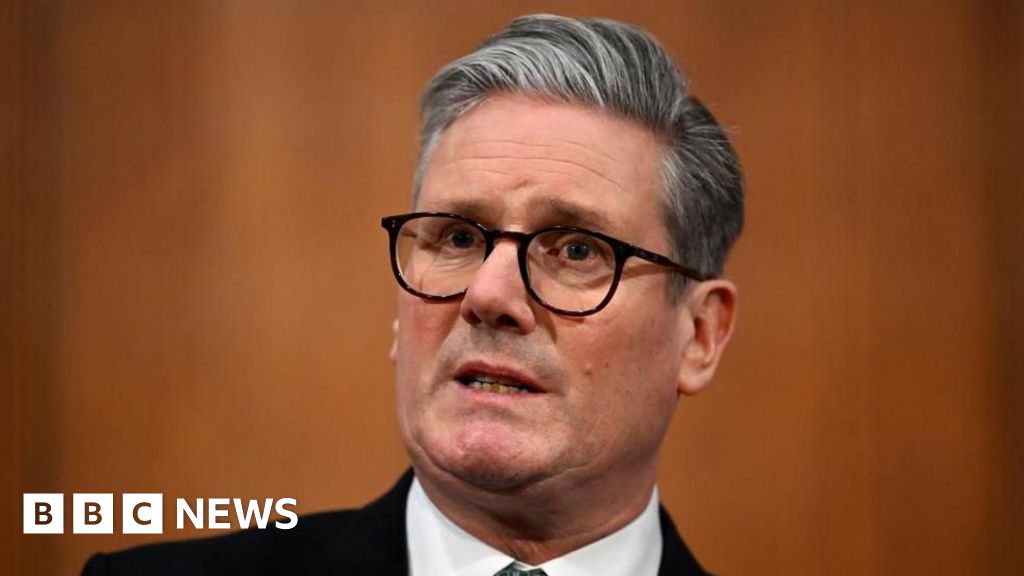
KYIV, Ukraine (AP) — Early Friday morning, a drone fitted with an explosive struck the outer protective casing of Ukraine’s Chernobyl nuclear facility. This incident caused structural damage and briefly ignited a fire, which the Ukrainian government attributed to Russia, though the Kremlin refuted these claims.
Fortunately, the United Nations’ International Atomic Energy Agency (IAEA) reported that radiation levels at the decommissioned site, infamous for the worst nuclear disaster in history, have remained stable. The IAEA confirmed that the drone’s strike did not breach the inner containment shell of the facility.
While the IAEA did not assign blame, their team present at the site reported hearing an explosion and being informed of the drone strike. The ongoing conflict near nuclear power stations continues to raise alarms about the potential for catastrophic nuclear incidents, particularly for those in Ukraine who still remember the devastating impacts of the 1986 Chernobyl disaster, which resulted in at least 30 deaths and released radioactive materials into the atmosphere across much of the Northern Hemisphere.
Similarly, the Zaporizhzhia nuclear power plant, the largest in Europe, has faced drone attacks during the conflict without significant consequences to date.
This drone attack coincided with President Donald Trump’s recent remarks about shifting U.S. policies regarding Ukraine. He expressed intentions to meet with Russian President Vladimir Putin to discuss potential resolutions to the ongoing war. This statement has been interpreted as prioritizing Putin in peace negotiations, sidelining Ukrainian President Volodymyr Zelenskyy and European leaders.
This comes at a critical moment as Ukraine faces steady incursions from Russia along parts of a 1,000-kilometer (600-mile) frontline, highlighting its urgent need for increased support from Western allies.
According to the IAEA, the strike at Chernobyl occurred in the early hours of Friday. Zelenskyy confirmed that a high-explosive warhead drone struck the outer shell of the plant, igniting a fire that has since been extinguished. This outer shell was constructed in 2016 over a previous heavy concrete containment structure built in response to the 1986 disaster, both designed to prevent radiation leaks.
The Ukrainian Emergency Service released an image showing a hole in the roof of the outer shell. Meanwhile, Kremlin spokesman Dmitry Peskov denied any involvement from Russia, asserting, “There are no discussions regarding strikes on nuclear facilities. Such claims are unfounded; our military does not engage in such actions,” during a conference call with the media.
The specifics regarding the responsible party for the attack remain unverified, as both nations often blame each other when nuclear sites come under threat. Peskov suggested that Ukraine’s assertions are intended to undermine peace negotiation efforts between Trump and Putin, adding, “It’s evident that certain individuals in the Ukrainian government will resist any negotiations and will try to disrupt this process.”
Ukraine’s representatives intend to share comprehensive details about the Chernobyl drone strike with U.S. officials at the upcoming Munich Security Conference starting this Friday, as mentioned by Andrii Yermak, head of Ukraine’s Presidential Office, on his Telegram channel.
IAEA Director Rafael Grossi highlighted on social media that the Chernobyl incident, alongside recent military escalations near Zaporizhzhia, “illustrates ongoing nuclear safety risks,” assuring that the IAEA remains in a state of “heightened alert.” They confirmed that their team responded promptly to the incident and reported no casualties.
The IAEA stated that “radiation levels inside and outside the facility are normal and stable.” In a Telegram update, Zelenskyy remarked that the attack on Chernobyl signifies that “Putin is undoubtedly not preparing for negotiations,” a sentiment echoed by Ukrainian officials. “The only state capable of attacking such facilities, occupying nuclear power plant territories, and engaging in hostilities without regard for the consequences is modern-day Russia. This presents a terrorist threat to the entire globe,” he stated, stressing the necessity for accountability regarding Russia’s actions.
___
This report has been amended to correct a typographical error regarding the name of the IAEA chief, Rafael Grossi, rather than Rossi.
___
Stay updated on AP’s coverage of the Ukraine conflict at https://apnews.com/hub/russia-ukraine.









